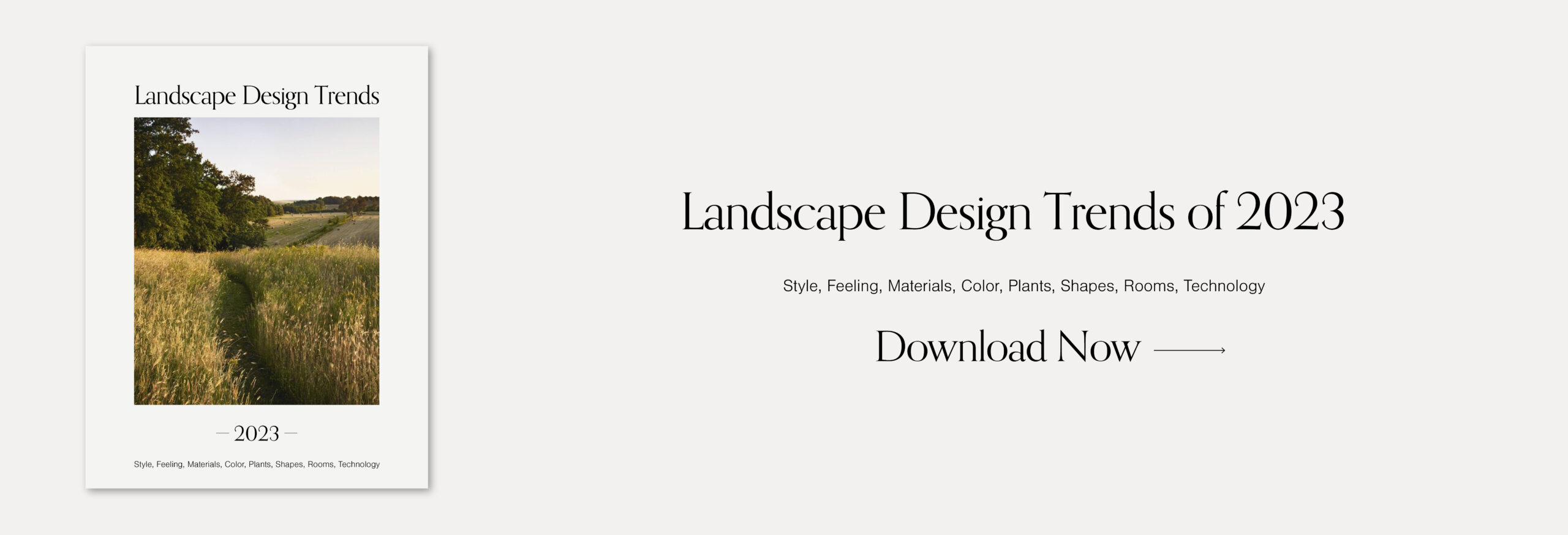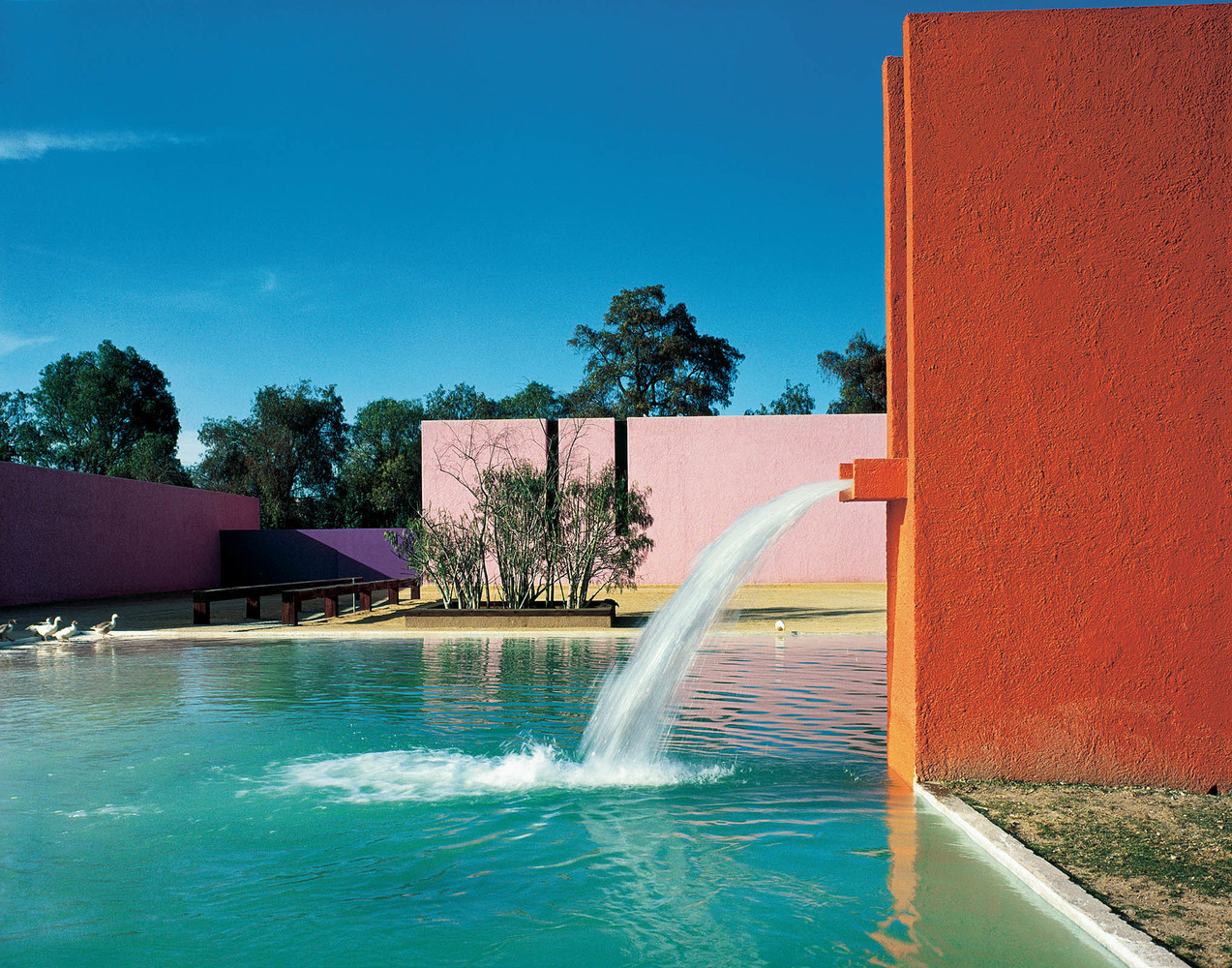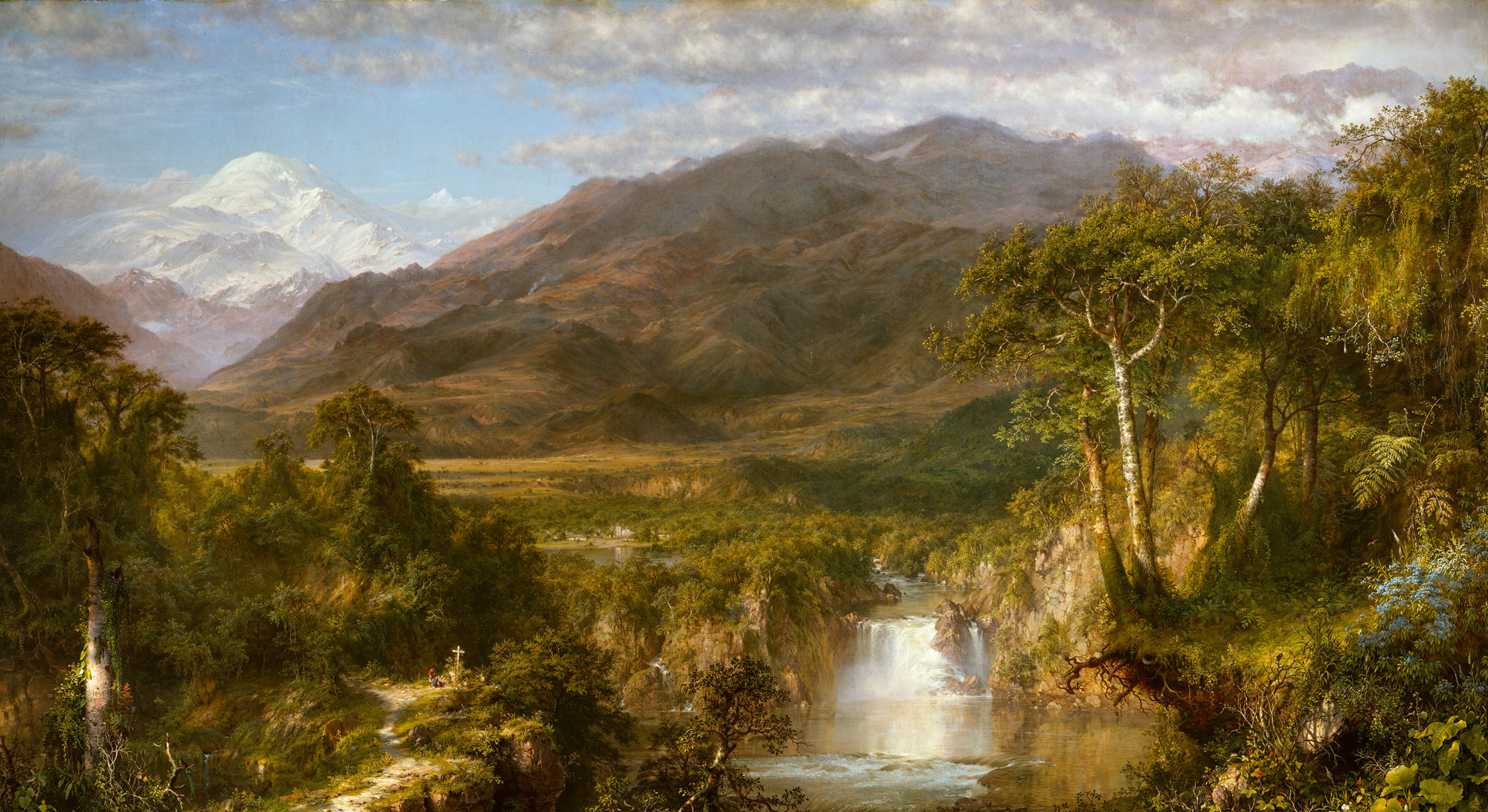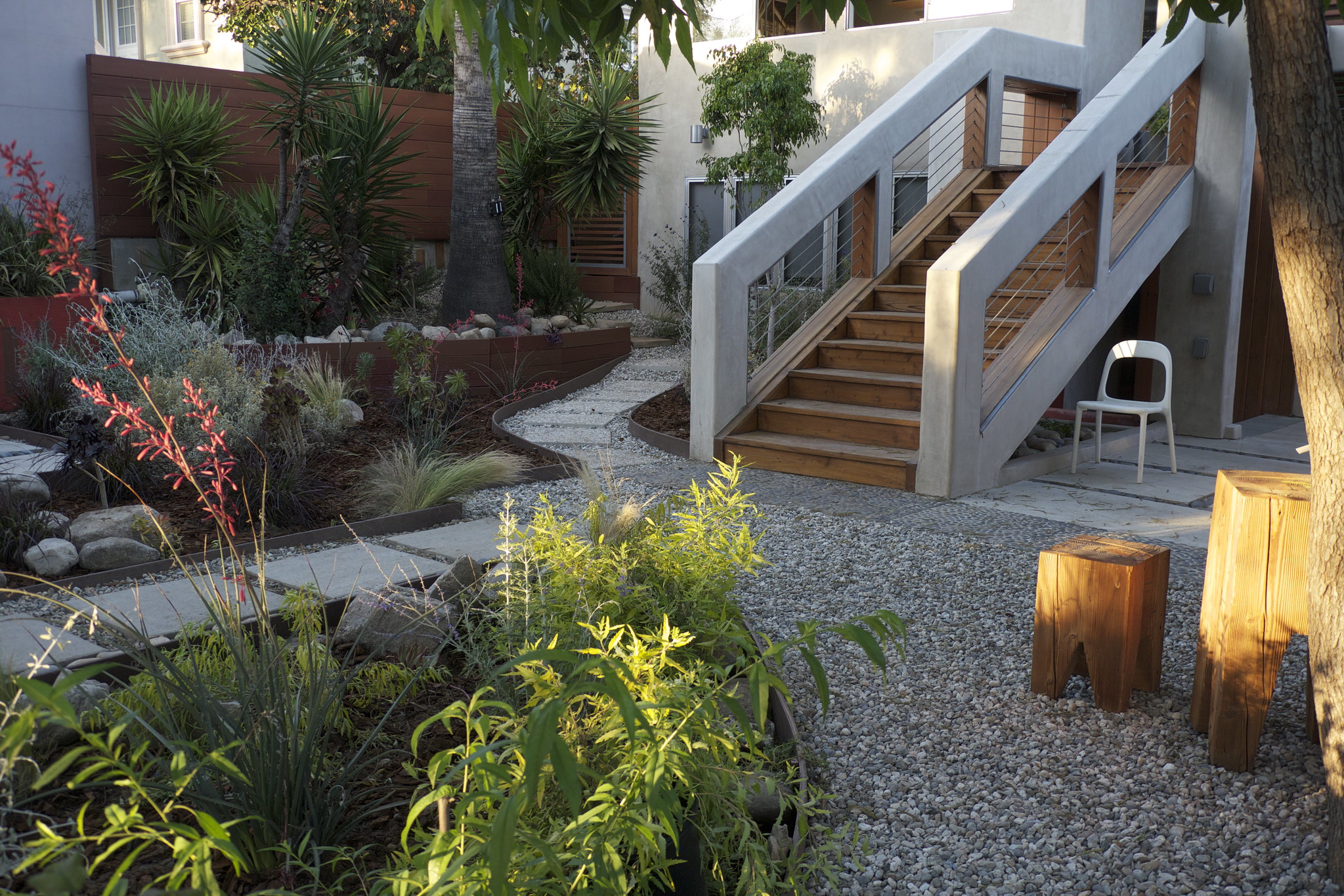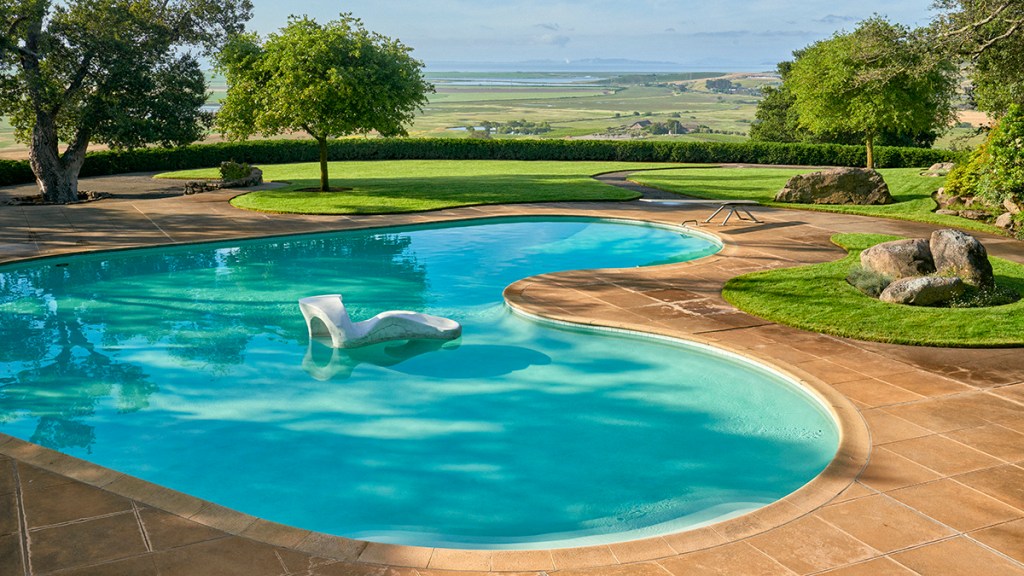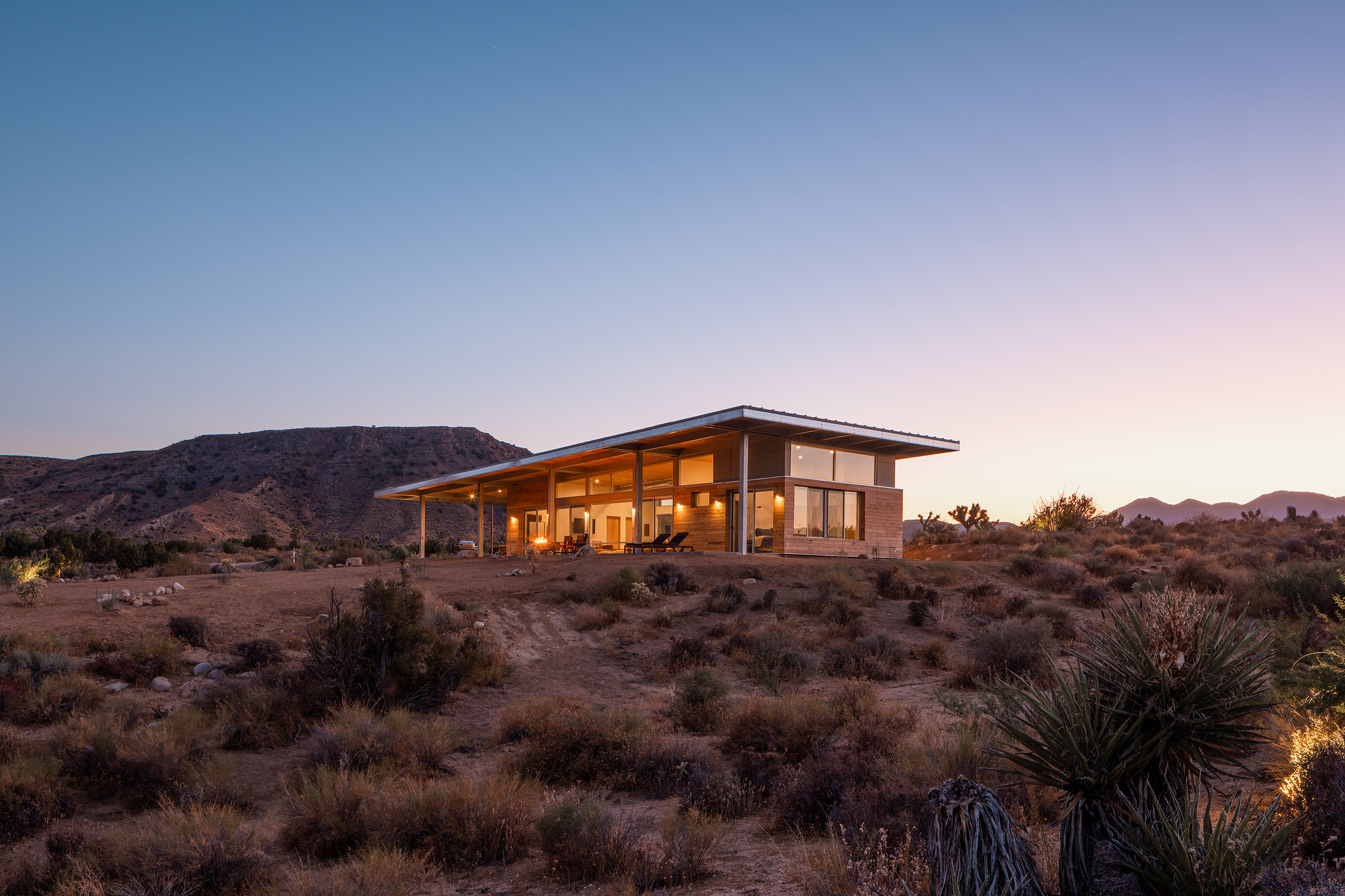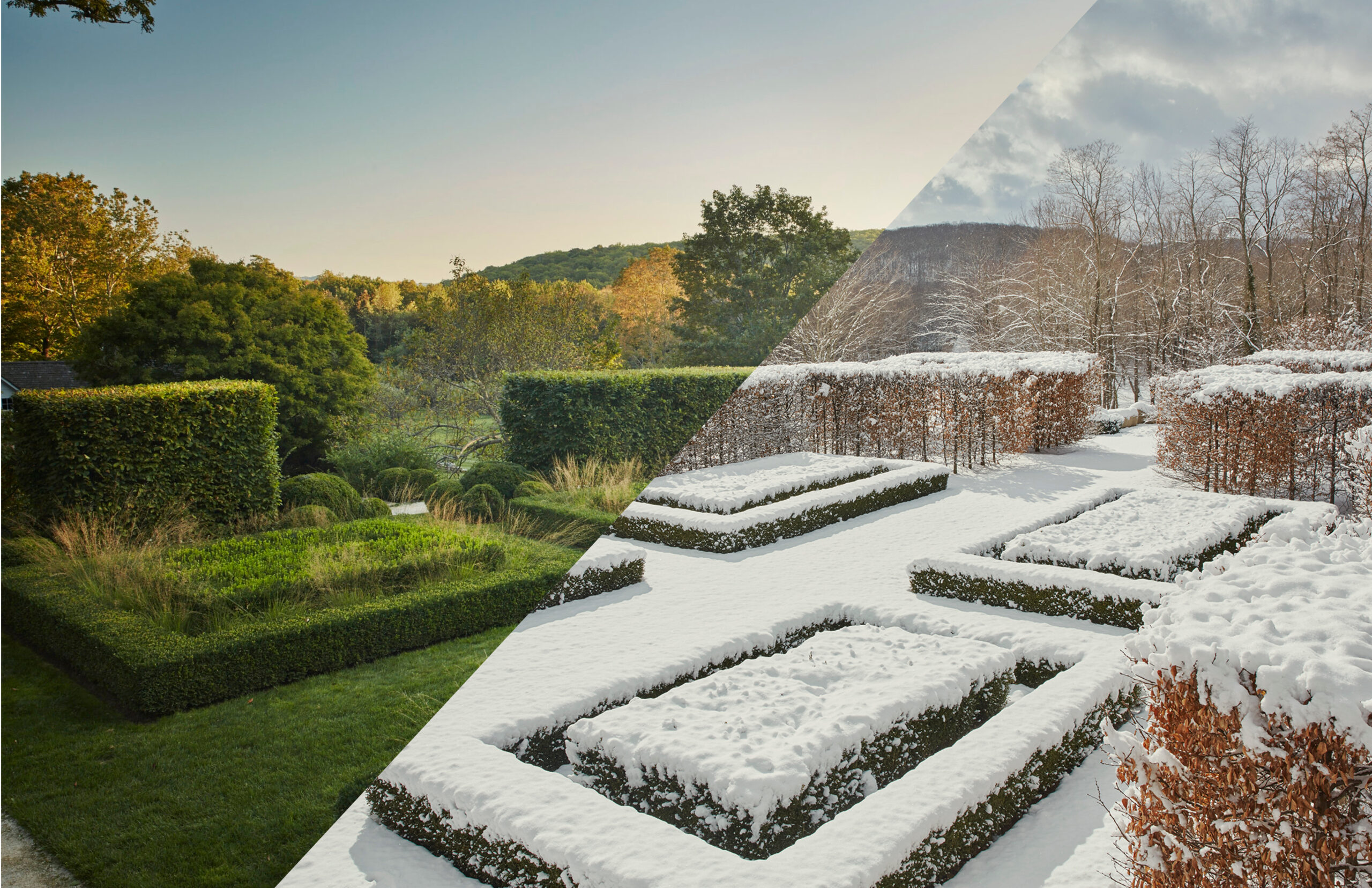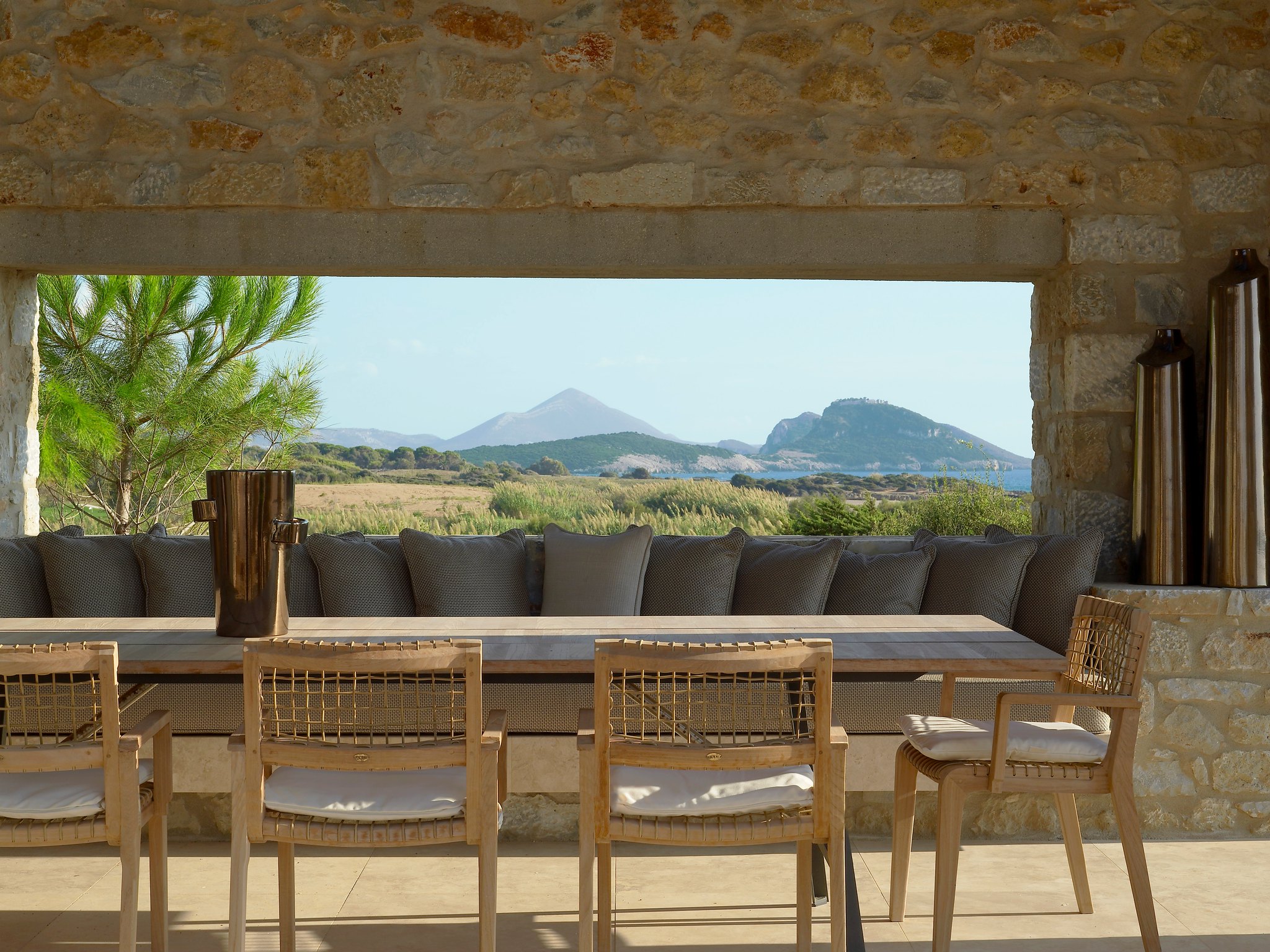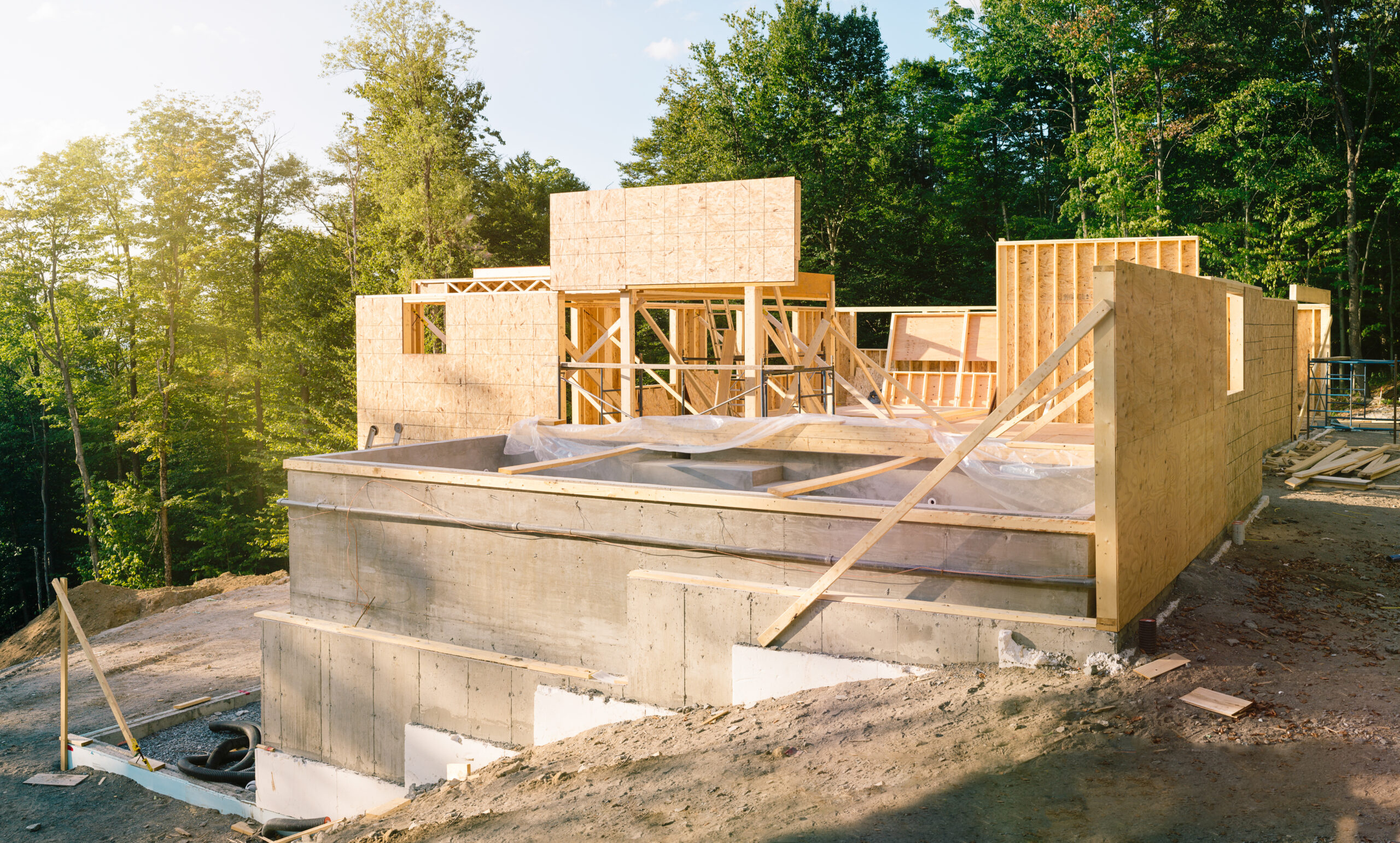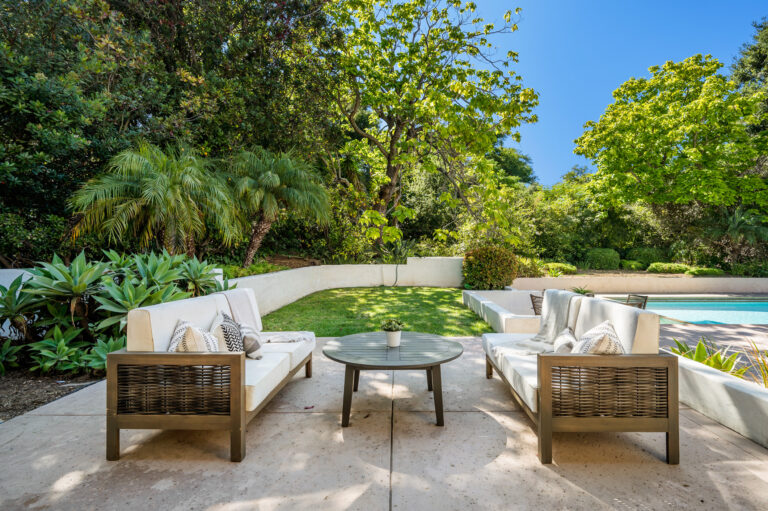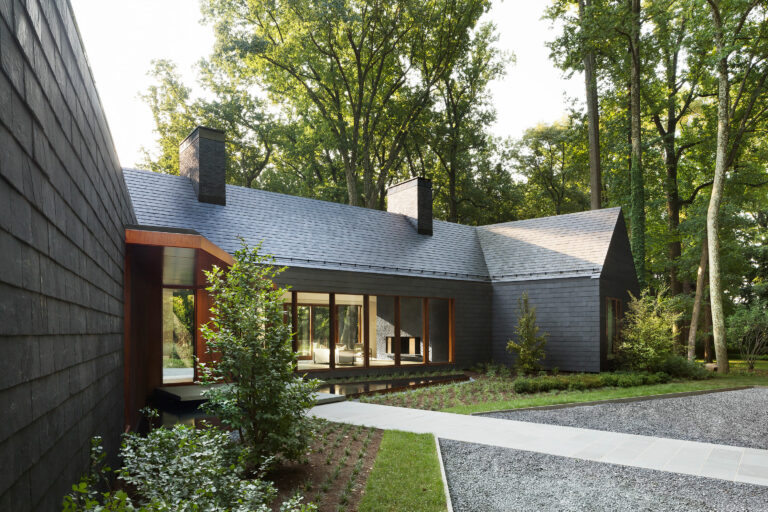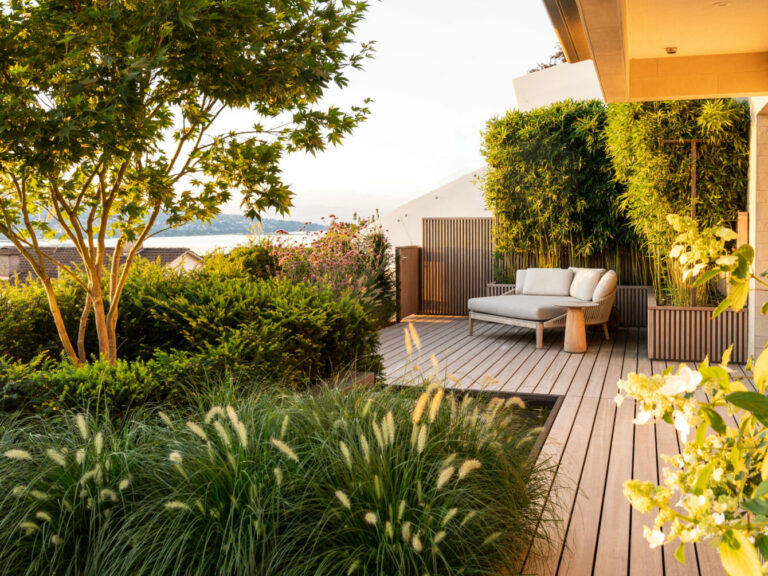Utilities such as electrical transformer boxes, gas meters, overhead electrical lines and A/C units are unsightly objects that can disrupt a well-curated backyard landscape.
While utilities are necessary from a functional perspective, they can create unpleasant environments, such as a noisy air conditioning units adjacent to an outdoor living space.
Maintaining access to these utilities is a requirement for some local building codes and bylaws. In emergency scenarios, if there is no clear access to the utility, maintenance crews will simply make their own access by destroying and damaging your landscape.
To create an enjoyable outdoor space, ways to screen or hide utilities with landscaping may be required. This article will provide various ways to screen utilities that ensures maintaining function to the utility while creating an aesthetically pleasing space. and enjoyable space.
Plantings
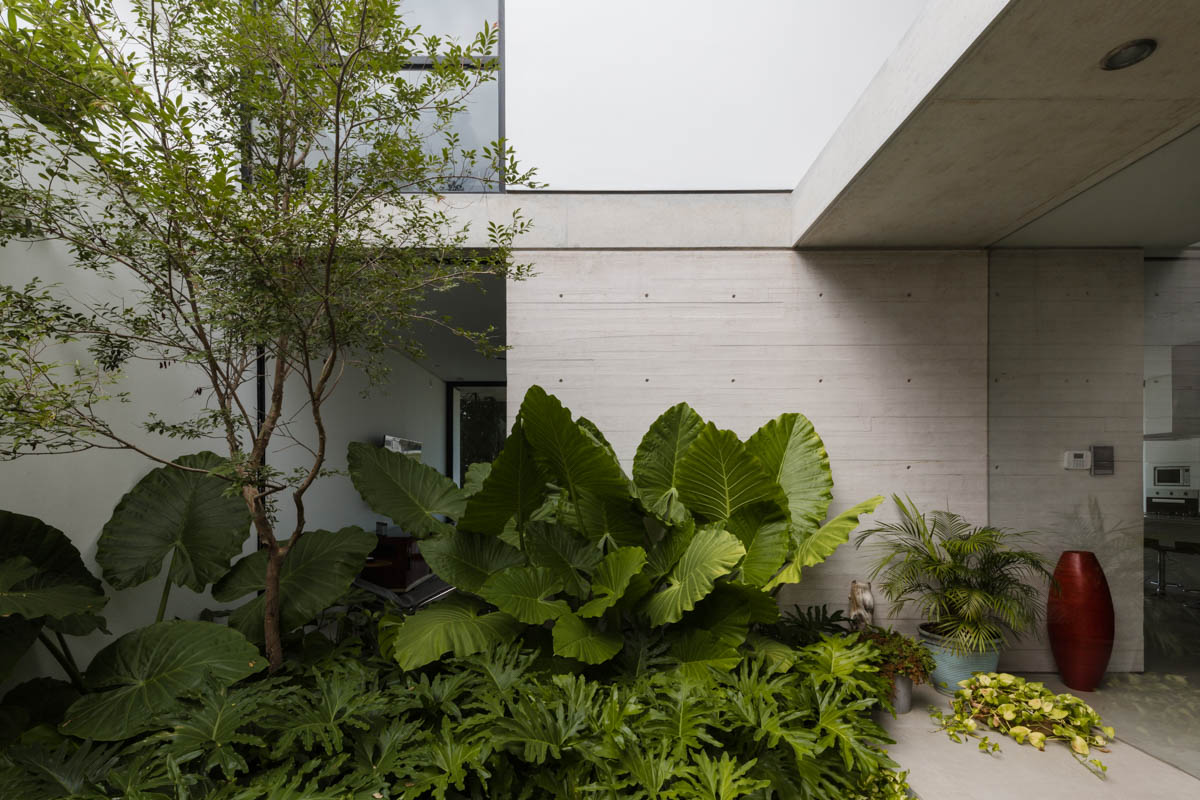
Planting is a cost-effective strategy that can be used to hide or screen utilities with landscaping. Planting has the immediate ability to soften a landscape, especially those that are dominated by hardscape materials. Using a combination of both perennials and annuals to screen an area provides the opportunity to introduce seasonal colors that can be customized throughout the year.
Ornamental grasses are perennial species meaning they return to your garden each growing season. Even in the winter and fall months, leaving last season’s grass upright and not pruning it will provide a 4-season screen for your utilities. Ornamental grasses such as Calamagrostis acutiflora have unique flower plumes that move with even the slightest breeze creating not only a functional planting screen but a unique planting display. Calamagrostis acutiflora is best planted in rows or groupings to create utility screens but species such as the 6ft tall growing Panicum virgatum can easily act as a screens with one or two planted. Ornamental grasses are a hearty and versatile planting option that can be used to create semi-transparent screens. Ornamental grasses are generally considered fast growing species,providing you with a utility screen in about 1-2 growing seasons.
Evergreen hedges are also planting strategies that can be utilized for screening utilities. Utilizing dwarf coniferous species can help create formal screens around electrical transformer boxes. Dwarf yews such as Taxus cuspidata can create solid hedges around the perimeter of utilities. When planting hedges, it is critical you leave space for each plant to grow to their mature size. Refer to the container label for information on the plant’s spread or width. Hedges should never be planted around the full perimeter of utilities but instead only around 3 sides. This provides a clear access path for service work and space for the plants to mature.
Raised planters have an abundance of benefits when used for screening. Raised planters are modular and can easily be moved and rearranged. Varying sized planters of different materials and colors create a unique focal point drawing attention away from the raised utilities. The modular nature also makes this g strategy adapt at screening awkwardly shaped utilities. Large terracotta pots are cost friendly and can easily be customized with paint to match the surrounding design aesthetic. Raised planters allow for unique planting opportunities with both perennials and annuals. These planting displays can be designed each year, each season or even for each holiday.
Wood Screening

A wood screen is a great architectural addition to any formal landscape, especially when installed to screen or hide utilities. These screen should be selected to complement the surrounding landscape in both color and material. They can be purchased pre-fabricated from pressure treated lumber, cedar or metal but can also be a simple DIY project.
Fast growing plants and climbing vines can be trained to cover the wood screen, creating another layer to screen the utility. The choice and design of the screen should also take into consideration how it will look throughout the winter with no plant material climbing it.
Where a wood trellis offers semi-transparent coverage a privacy fence or screen will act as a solid barrier providing full coverage of the utility. A trellis offers semi-transparent screening but also allows for un-obstructed air flow. Where air flow is not accommodated a space can quickly become unbearably hot, stuffy with no relief from cool breezes.
Fences are site structures that provide well-defined vertical planes. With strong verticality these structures create outdoor rooms and dictate how spaces are enjoyed . When used to screen utilities it is important that the design is complementary to the surrounding landscape instead of used as a focal point. This ensures a visitor’s attention is not drawn to the area that is intended to be screened. Privacy fences and screens designed using pressure treated lumber, cedar, laser cut aluminum panels and even corten steel.
If a cedar fence using vertical 1x6x6 fence boards surrounds the perimeter of a backyard then the privacy fence should also use vertical fence boards. Introducing a horizontal fence boarding system in this scenario would draw attention to the utility area. Matching the material, color and style of already installed fencing is technique to ensure your privacy fence does not stand-out. During the layout and design of the privacy fence it is important to remember that providing and maintaining access to the utility is critical.
Click here to read “10 Design Essentials for an Entertaining Outdoor Space”
Alternative Options

Artwork: Where local bi-law and utility codes allow painting raised utility boxes is a cost friendly approach to help mask them into the surrounding landscape. Painting these boxes the same color as surrounding materials ensures visitors are not immediately drawn at looking at industrial and mechanical features. The Walt Disney World Corporation has created unique color blends named “Go Away Green,” and “Blending Blue,” for this exact use case (Walt Disney Imagineering, 2010). Popular outdoor paint suppliers such as Benjamin Moore are able to provide color matches to these camouflaging color blends allowing you to hide your utilities in plain sight.
Shed: When there are multiple utilities grouped together and local bi-laws permit, constructing a utility shed allow mechanical items to be fully concealed from view. Utility sheds are ideal for concealing pool mechanical pumps, filters and heaters while also providing additional storage. If code does not permit these items to be fully enclosed in a utility shed, a 3-sided shed with an open side can be constructed. When selecting a shed design it is important to match both color, style and material used on the main residence.
Boulders: Faux boulders have improved in both their appearance and style. Improved manufacturing techniques have allowed concrete molds to be created, producing faux boulder concrete shells. These faux boulders can be installed on top of and around low utilities such as water shut off valves. If boulders or other large stones are already being used throughout your design it allows these faux boulder utility cover-ups to seamlessly integrate into the landscape.
Conclusion
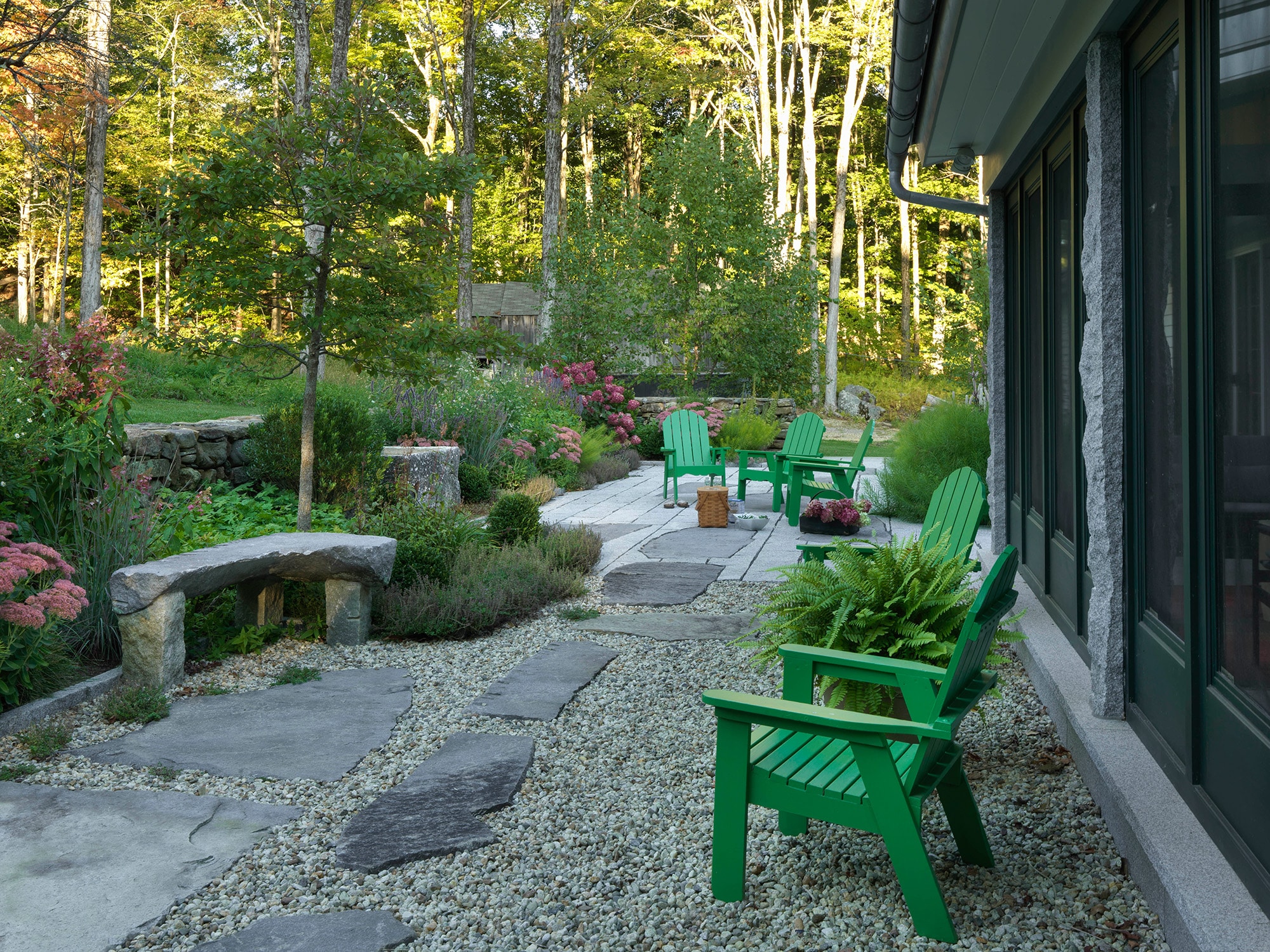
When re-designing a backyard space consideration should always be given to utility locations. Screening and concealing backyard utilities with landscaping contributes to the creation of a comfortable backyard oasis. Screening utilities helps buffer any possible noise pollution while also ensuring there is no abrupt visual break in the overall landscape design. Providing and maintaining access to utilities ensures the longevity of your design and is in the best interest of all involved parties. Local codes must always be reviewed prior to any work associated with utilities and locates should always be conducted prior to any digging or planting in their general vicinity.

